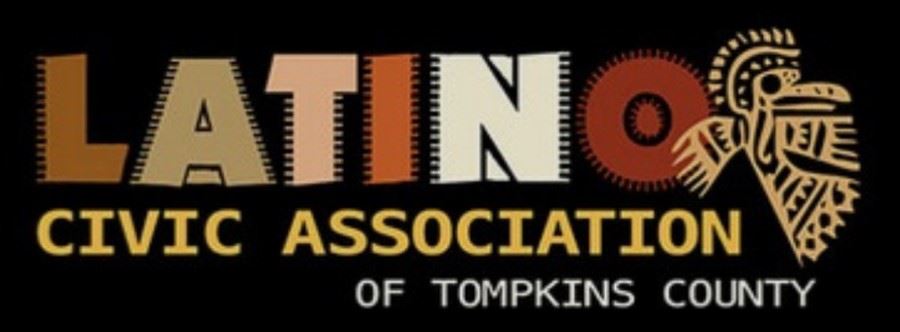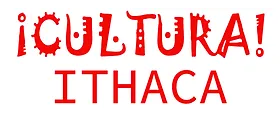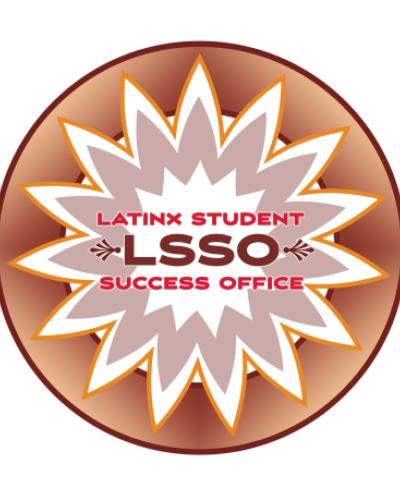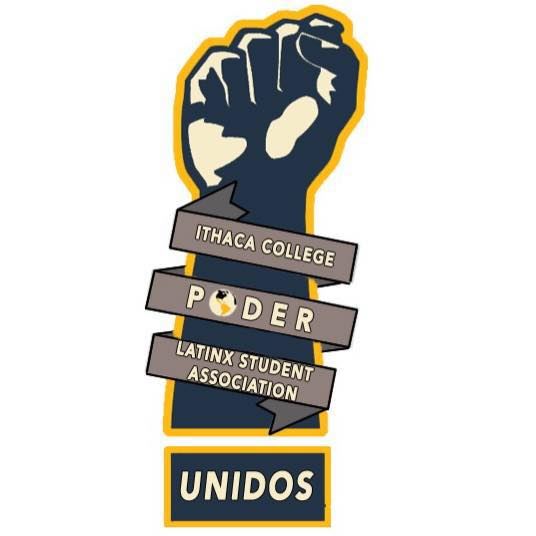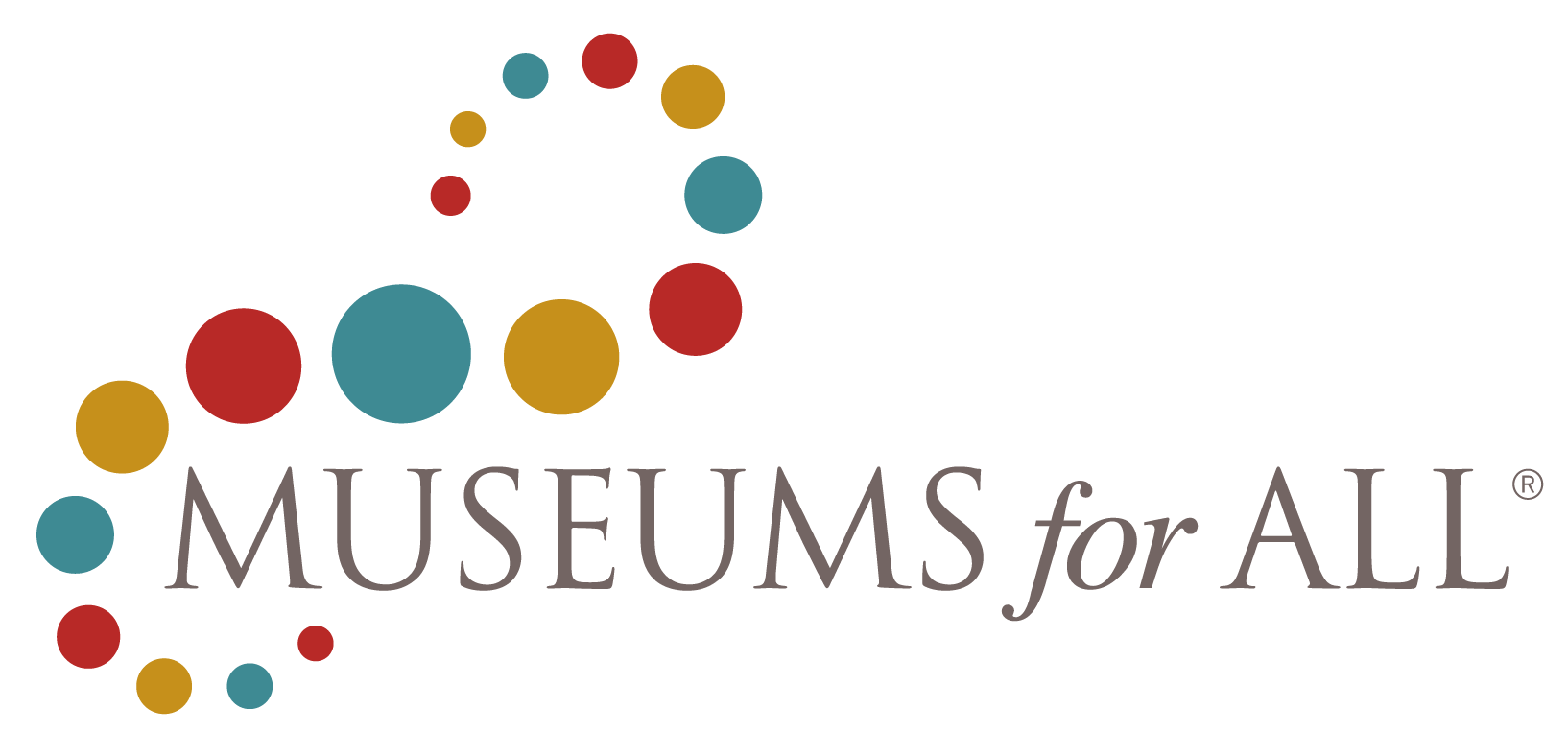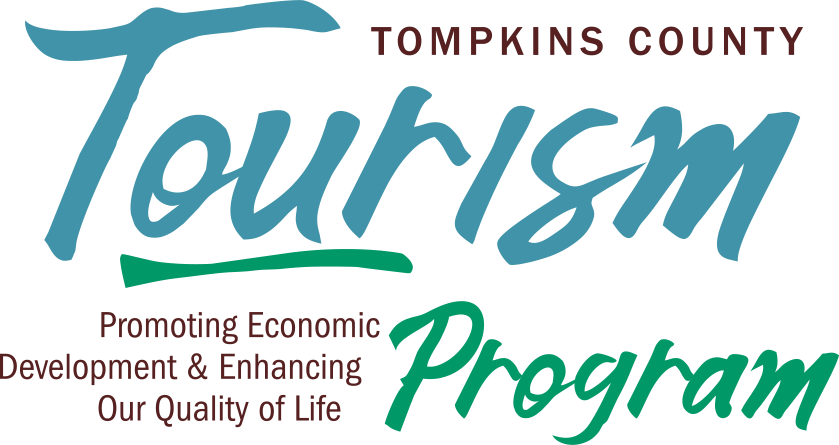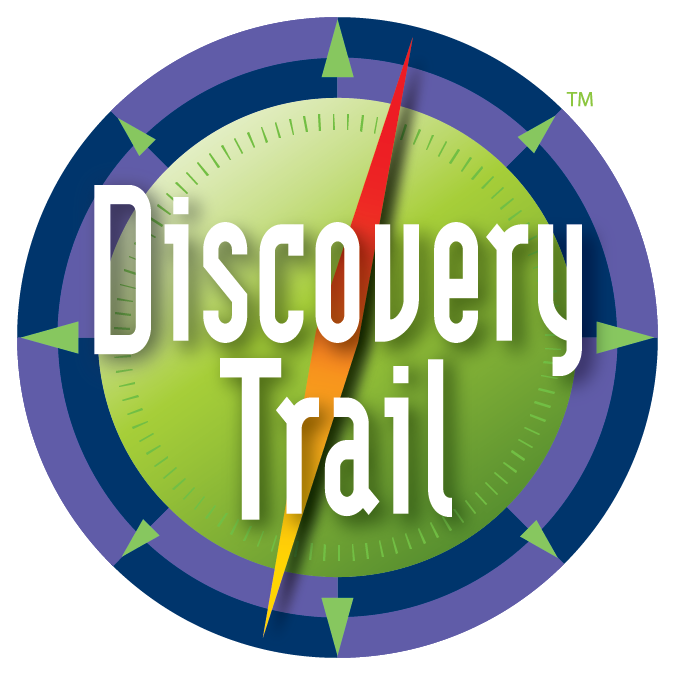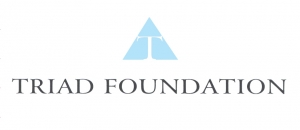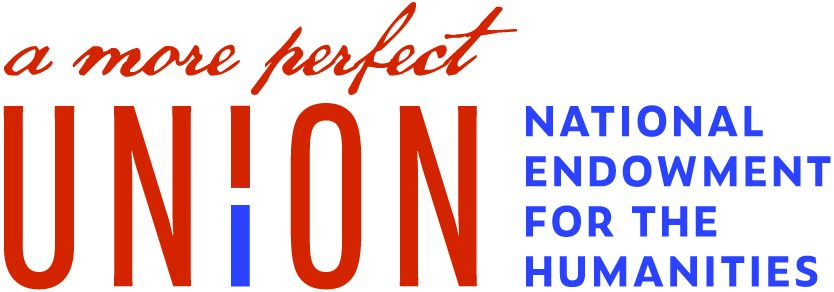- Home
- Hispanic Heritage Month
HISPANIC/LATINX HERITAGE MONTH
SEPTEMBER 15TH - OCTOBER 15TH
There were students from Latin America at Cornell University from the very beginning: a Brazilian student was part of the first group of students in 1868. Recruited by Geology Professor Charles Hartt, who traveled in Brazil, more Brazilian students arrived. In 1873 the Brazilian students published Aurora Brasileira a monthly newsletter written in Portuguese, and they established a Club Brasileiro. In her autobiography, Anna Botsford Comstock comments favorably on the Brazilian students who lived in the same boarding house as she did: “They were all gentlemen, by our standards, as well as their own.” The 1880 census for the City of Ithaca also included the Fuertes family from Puerto Rico. Cuban-American writer Richard Fariña (1937-1966), wrote the popular counterculture novel Been Down So Long It Looks Like Up to Me (1966) based on his experiences at Cornell. The setting for much of Fariña's novel is Ithaca's Collegetown, although the names were changed to Mentor University in the town of Athene. |
College students also came from Cuba – the first student of color to graduate from Cornell was Francisco de Paula Rodríguez y Valdès from Cuba in 1878. In 1888-89 Latin American students from Nicaragua, Puerto Rico, Honduras and Brazil created Alpha Zeta, which, the Sun reported, was “intended solely for the benefit of persons born in the western hemisphere and who speak either Spanish or Portuguese, but excludes all Europeans." In 1894 a Club Latino-Americano flourished. A graduate student from Argentina, Modesto Quiroga, organized the Cosmopolitan Club, Cornell’s first international student group in 1904; townspeople were eligible for “associate membership.” A Cornellian, Mario García Menocal (Class of 1888) was active in the Cuban independence movement, and served as president of Cuba in 1912 to 1921. Ithaca’s first Mexican restaurant, Subs & Such, Ltd. opened on North Aurora St. in 1977, advertising itself as “Ithaca’s Only Mexican Restaurant serving Mexican Taste Treats Such as Tacos Beef Burritos and Mexican ‘No Jumping’ Beans’” See Ithaca Journal, April 27, 1977. |
The Latino Civic Association of Tompkins County (LCA) was founded in 1971 to represent Latinx needs in the community. The association sponsors Latinx Heritage Month; helps migrants, especially farmworkers; hosts bilingual town halls and focus groups; and sponsors scholarships for Latinx high school seniors. LCA hosted the first Latino Heritage Month in the City of Ithaca in 1999. The celebration included a Latino artists art walk, film screening, musical performances, and dancing. ¡CULTURA! Ithaca a project of LCA hosts arts-based educational events and experiences throughout Tompkins County to foster and share Latinx culture in the community.
*Hispanic Heritage Month first began in 1968 as Hispanic Heritage week under President Lyndon Johnson. President Ronald Reagan expanded the celebration to a full month in 1988 spanning from September 15th (anniversary of independence for: Costa Rica, El Salvador, Guatemala, Honduras, and Nicaragua) to October 15th. According to the Library of Congress, “Each year, Americans observe National Hispanic Heritage Month* from September 15 to October 15, by celebrating the histories, cultures and contributions of American citizens whose ancestors came from Spain, Mexico, the Caribbean and Central and South America.”
**Note on terminology: While the month is still officially titled Hispanic Heritage Month, the term “Hispanic” is usually used to refer to people who speak Spanish or are descended from Spanish-speaking people, while the term “Latino/a/e/x” has been adopted to describe the cultures, and communities from over 14 countries in North, Central and South America, as well as the Caribbean.
Connect with our archivist to contribute to the archival collections documenting Hispanic and Latinx history in Tompkins County.
HistoryForge is an innovative digital history project combining maps, archival records, and census data that allows any community to explore its local history through the individuals who lived there and the buildings and neighborhoods they lived in. Our pilot project began in 2016 and focuses on exploring the history of Ithaca, New York in the late 19th and early 20th century using interactive search functions which allow users to find information on historic maps about people and places. Ithaca HistoryForge includes over 70,000 digitized census records of Ithacan's from 1900-1940, and is in the process of adding tens of thousands of building records to the database. By searching the database using the "Race", "Mother Tongue", and "Place of Birth" filters on different census years you can learn about Latinx residents in the City of Ithaca during the 20th century. | Each red dot references an individual or family born in Puerto Rico and living in Collegetown in 1940. You can see the names, ages, professions and more of each individual by exploring their census records. |
Stories of Immigration to Tompkins County Oral History Collection - Hispanic/Latinx Interviews from this collection The Stories of Immigration to Tompkins County Oral History Collection was established in 2021 to highlight interviews and stories in our archives that explore the experiences of first generation immigrants to Tompkins County and the United States, and their descendants. The topics of these interviews explore a wide range of experiences, community, and cultures. These interviews can be heard through scheduling an appointment in our Research Library.
Connect with our archivist to contribute to the archival collections documenting Hispanic and Latinx history in Tompkins County. |
Collections held at Cornell University
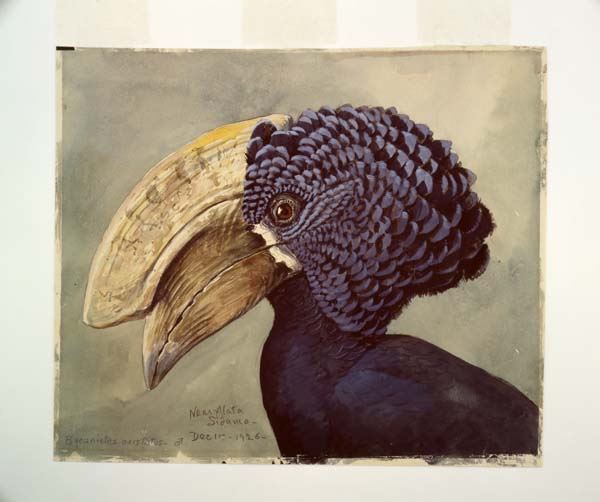 © The Field Museum, GN87875c, Photographer Diane Alexander White. |
- Historia en el Hogar en Tompkins County - Todo Sobre Tommy y Gatito de Ithaca
- Hispanic Heritage Month Fun Census Facts - US Census Bureau
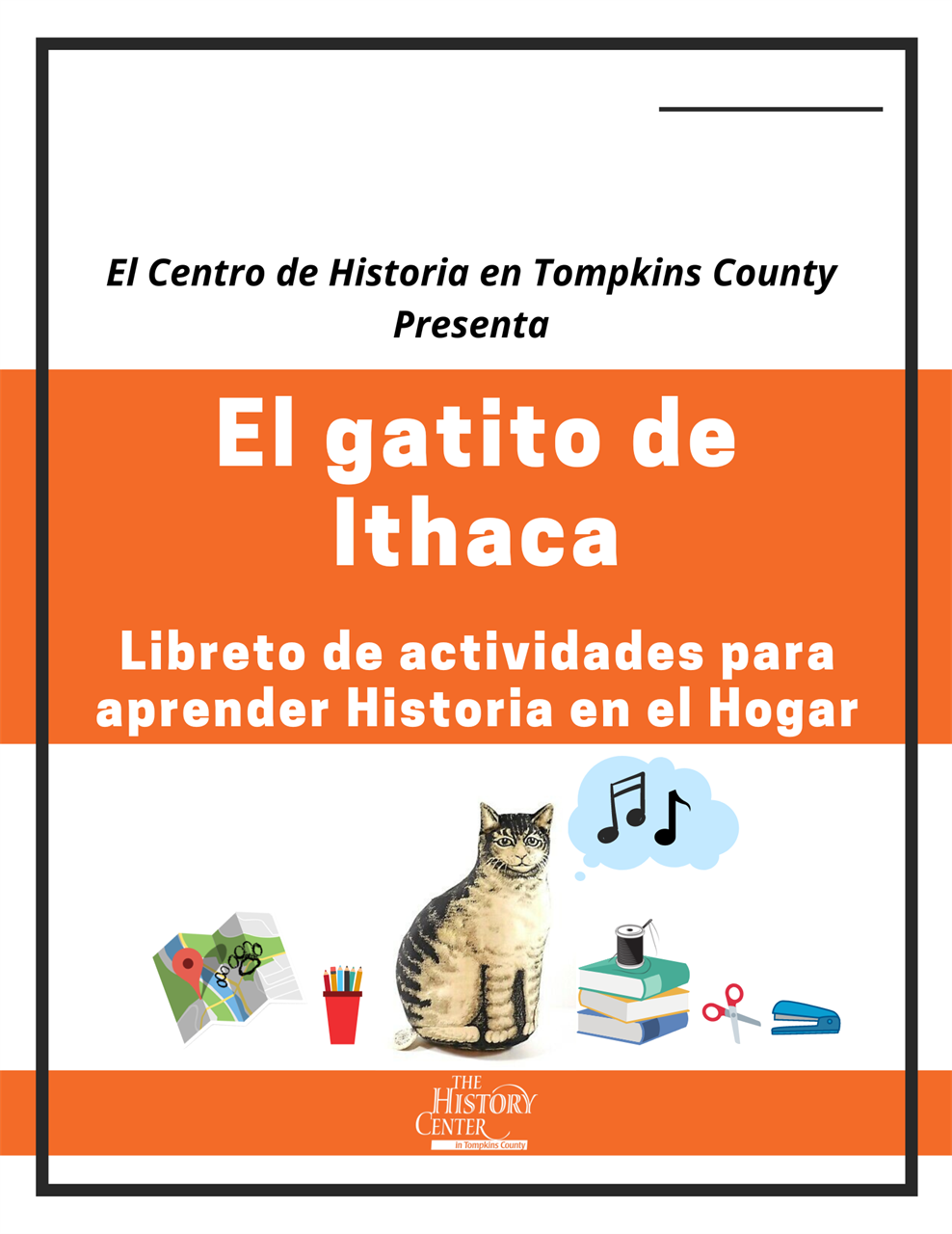 - Use this lesson plan in connection with the Tompkins County HistoryForge project!
- Use this lesson plan in connection with the Tompkins County HistoryForge project! - New York State Migrant Education Children's Census, 1976-1996 - Activity for Middle & High School - New York State Archives
- Non-British Surnames (EDSITEment!) - Modern American society is known for its ethnic diversity, and this, of course, is reflected in a wide variety of surnames. In this activity, students will learn about the origins and meanings of surnames commonly used in the United States that derive from non-British cultures. (Includes lesson plan and five worksheets)
- Latino Americans - PBS documentary series
- Home is Here - Documentary about migrant farm workers in upstate and central New York.
Our thanks to Melanie Jalbert and Luis Valderrama for translating our 'History at Home' learning booklets for Spanish speakers! Click on each image for a downloadable booklet of local history and learning activities! Individual pages can be downloaded at 'Historia en el Hogar'.
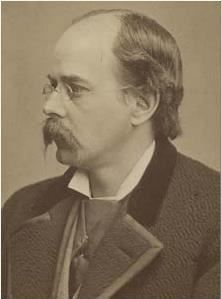 Estevan Antonio Fuertes was born in Puerto Rico in 1838. In 1857, he graduated from the Rensselaer Polytechnic Institute in Troy, New York, and became a successful civil engineer. At the age of 35, he became Cornell's first dean and professor civil engineering in 1873. He was careful to include astronomy among his civil engineering curricula, because it was useful for geographical surveys and telling time. He led the construction of Cornell's first observatory. During the summer, his students would do field work surveying the Finger Lakes. One of the detailed maps they created is of Cayuga Lake and is in the History Center’s map room. Fuertes was the father of six children, including civil engineer James Hillhouse Fuertes and ornithologist Louis Agassiz Fuertes. Cornell’s Fuertes Observatory was built and named in his memory in 1917.
Estevan Antonio Fuertes was born in Puerto Rico in 1838. In 1857, he graduated from the Rensselaer Polytechnic Institute in Troy, New York, and became a successful civil engineer. At the age of 35, he became Cornell's first dean and professor civil engineering in 1873. He was careful to include astronomy among his civil engineering curricula, because it was useful for geographical surveys and telling time. He led the construction of Cornell's first observatory. During the summer, his students would do field work surveying the Finger Lakes. One of the detailed maps they created is of Cayuga Lake and is in the History Center’s map room. Fuertes was the father of six children, including civil engineer James Hillhouse Fuertes and ornithologist Louis Agassiz Fuertes. Cornell’s Fuertes Observatory was built and named in his memory in 1917.
American Ornithologist and Artist
Louis Agassiz Fuertes was born in Ithaca, New York, in 1874. Since his childhood, he had a passion for ornithology and sketching birds. He decided to dedicate his life to birds after he met ornithologist Elliott Coues, taking on several artistic projects and going on expeditions to Florida and Alaska. For the rest of his life, he traveled around the world studying birds and making detailed sketches of them. When he died in 1927, he left behind over a thousand exquisite paintings and sketches of hundreds of bird species. The Cornell Lab of Ornithology keeps many of his drawings and has a room named after him. | Global Civil & Sanitary Engineer
|
RESOURCES AND CONNECTIONS FOR LATINE/A/O/X COMMUNITY
.png)

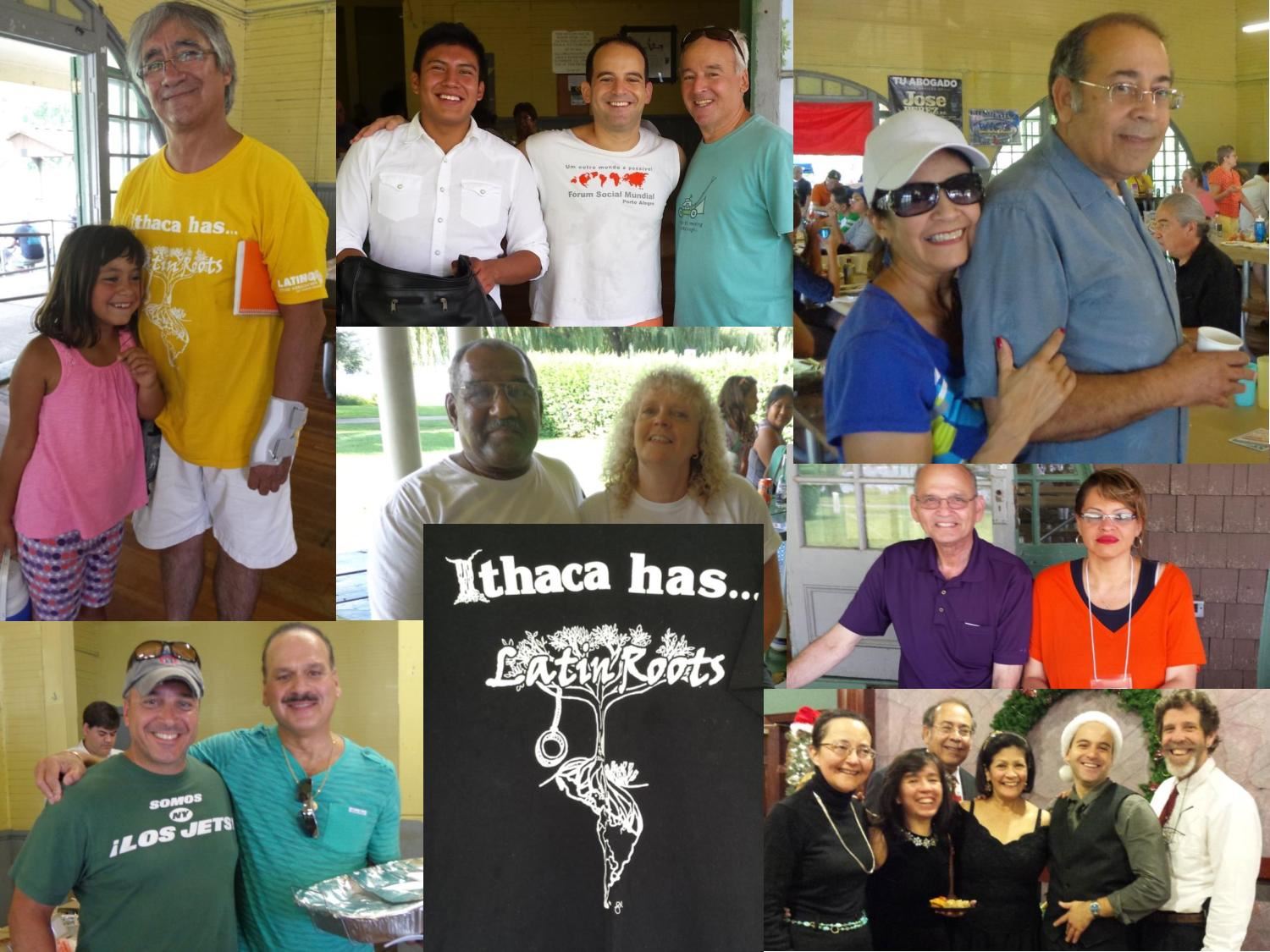
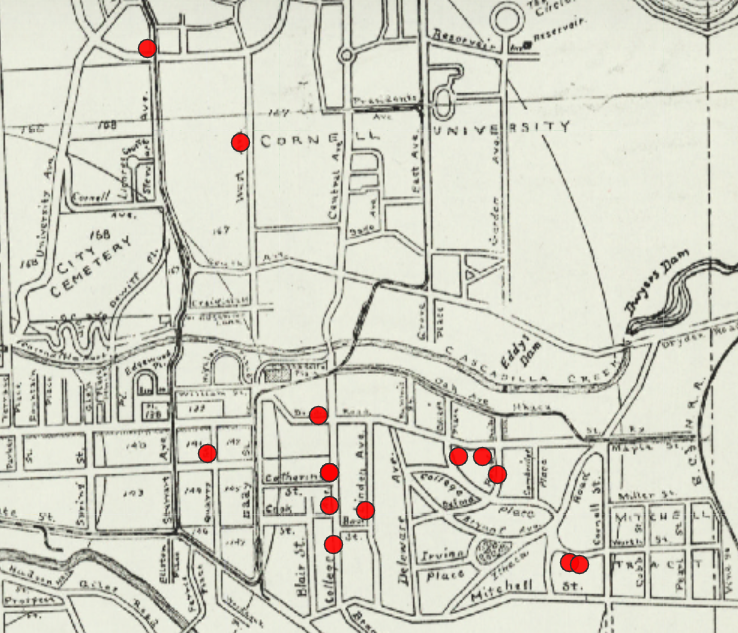
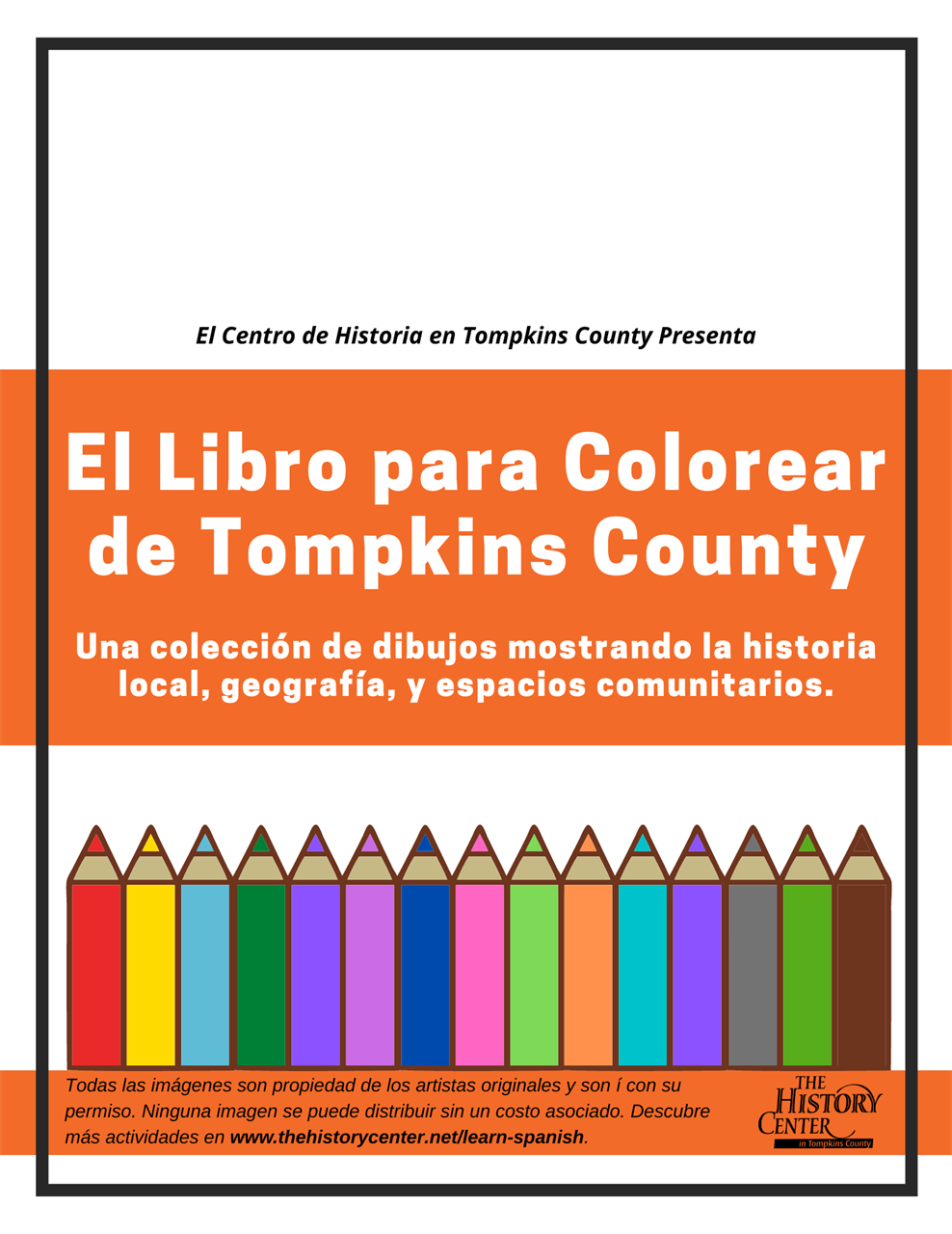
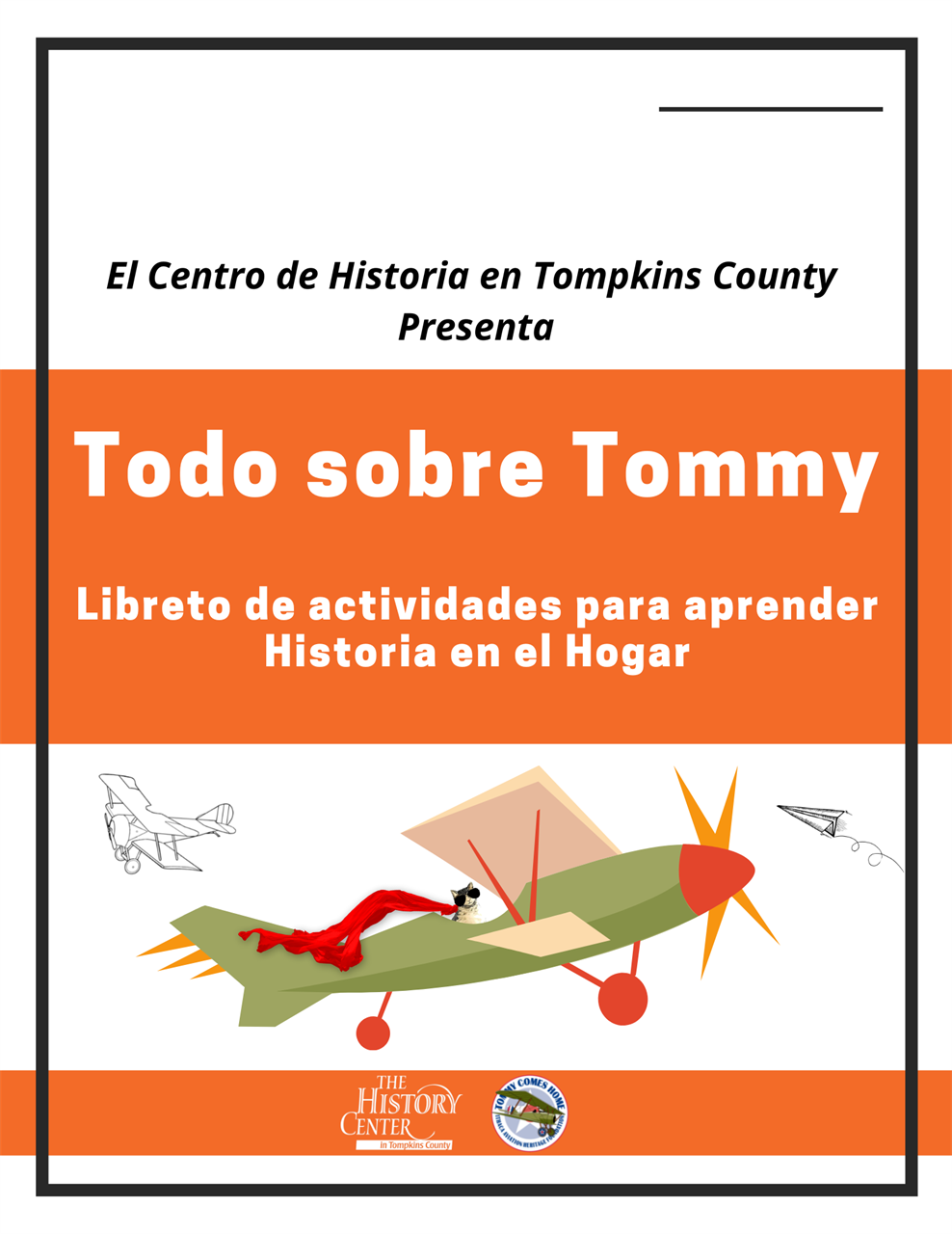
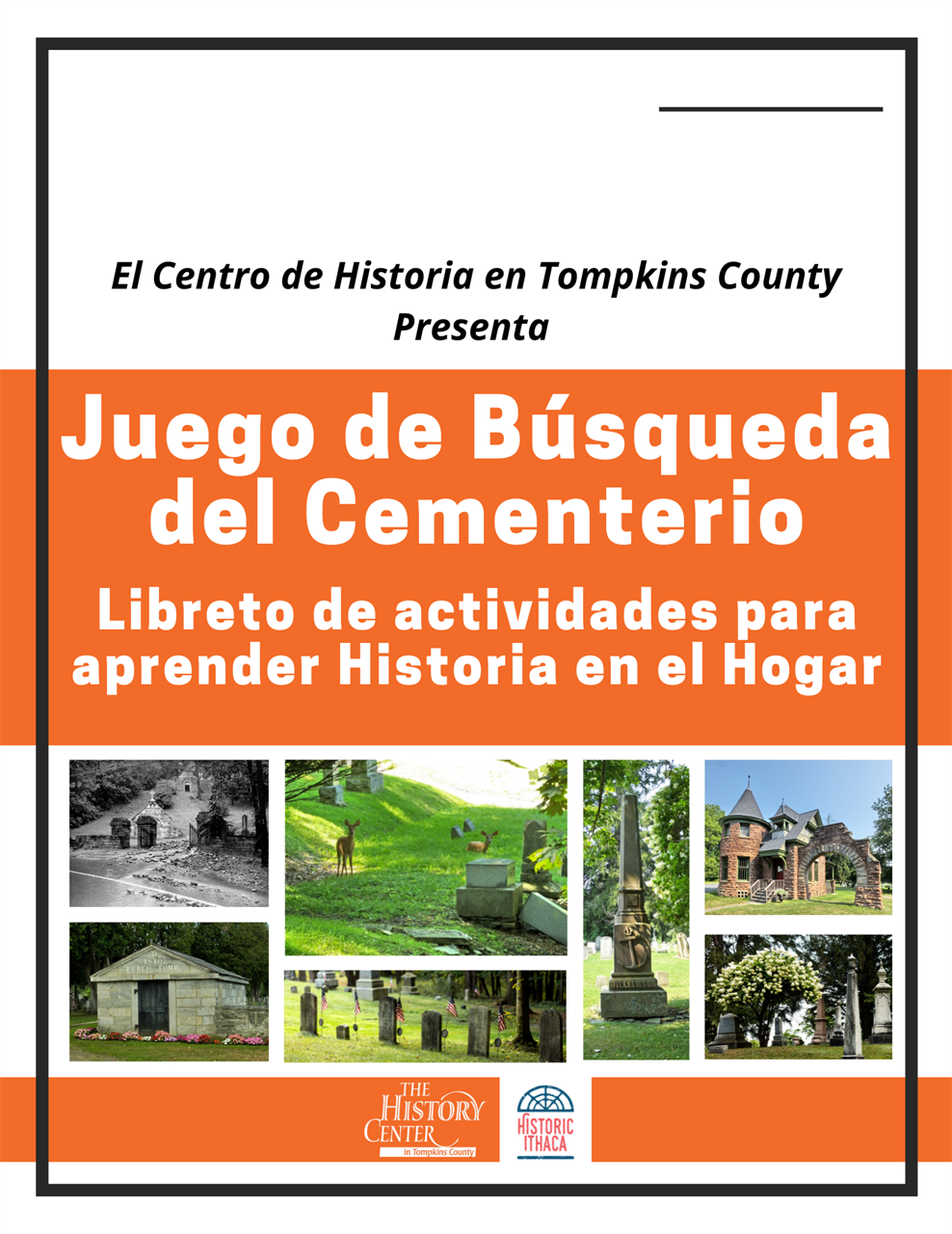
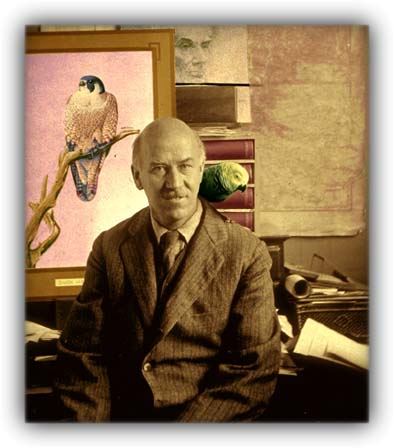
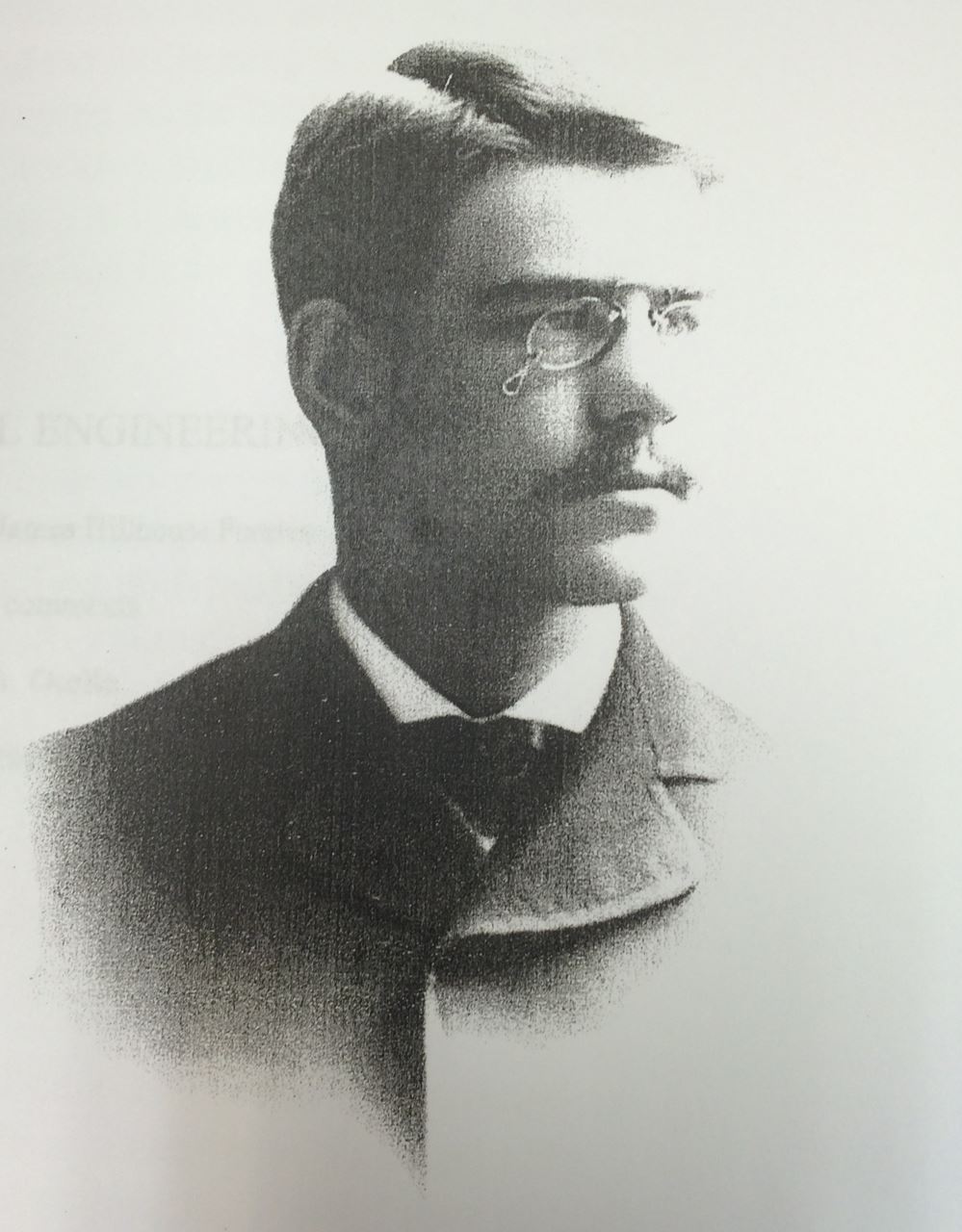 James Hillhouse Fuertes was born in Puerto Rico in 1863, the second son of Estevan Fuertes. He graduated from Cornell University in 1883, and became a civil and sanitary engineer, doing work in the United States, Canada, Brazil, and the islands of Hawai'i. He gave lectures at Cornell and is known for his skillful technical sketches and his works Water and Public Health (1987) and Water Filtration Works (1901). He died in 1932 in his home in Brooklyn NY.
James Hillhouse Fuertes was born in Puerto Rico in 1863, the second son of Estevan Fuertes. He graduated from Cornell University in 1883, and became a civil and sanitary engineer, doing work in the United States, Canada, Brazil, and the islands of Hawai'i. He gave lectures at Cornell and is known for his skillful technical sketches and his works Water and Public Health (1987) and Water Filtration Works (1901). He died in 1932 in his home in Brooklyn NY. .png)
.png)
